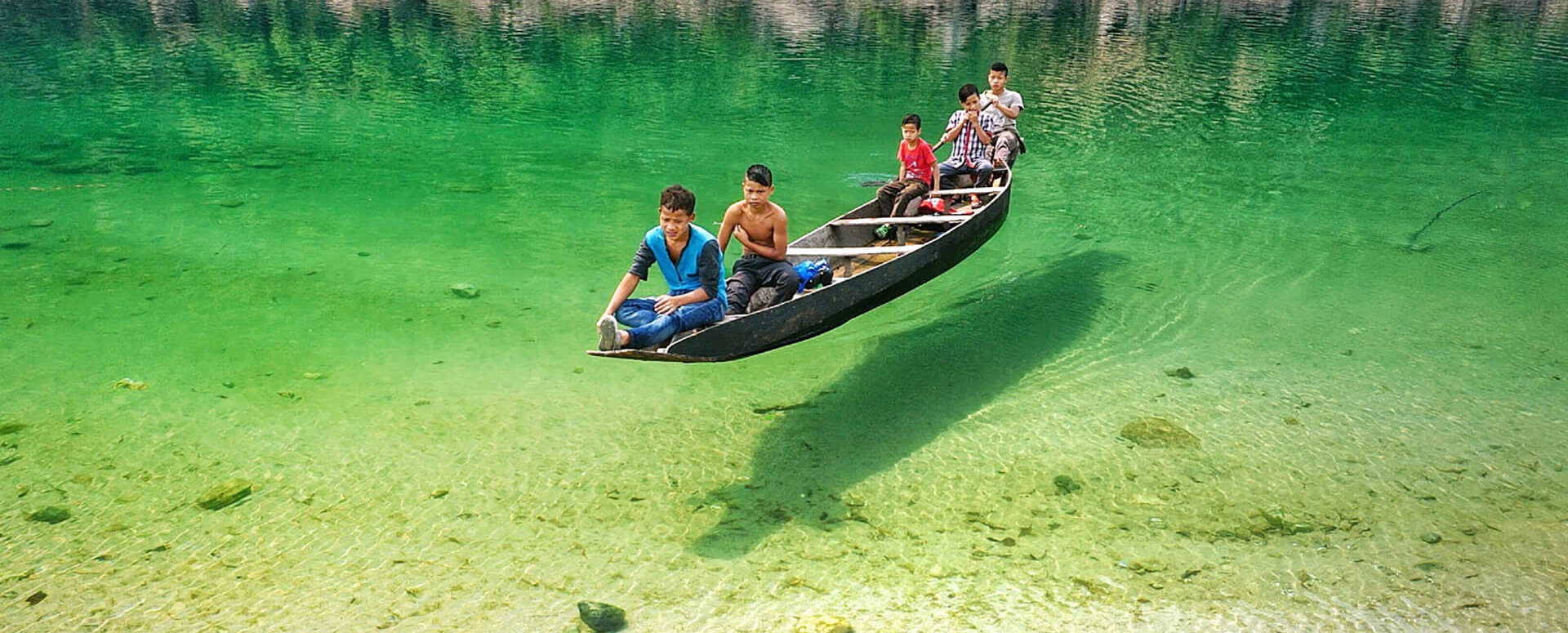Dawki in winter!
Image


Shillong Dotcom brings news, views, business, tourists into one platform.
Address: Shillong Dotcom, c/o: Online Tent Service Centre, Pynthorbah Block 2 Church Street Shillong - 793001, Meghalaya. INDIA.
For inquiries, collaboration, please contact us at: office@shillong.com, sam@shillong.com. Phone: 6033091345.